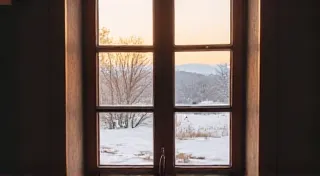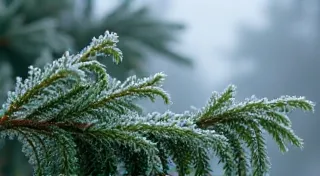The Unseen Orchestra: Understanding & Managing Juniper Diseases
There’s a particular melancholy beauty to an antique accordion. The bellows, once vibrant with the joy of music, now bear the patina of time, the keys perhaps a little sticky, the leather softened with decades of handling. It's a feeling of quiet history, of skilled hands meticulously crafting something beautiful, followed by the inevitable, gentle decline. Caring for a juniper bonsai, especially when confronted with disease, often evokes a similar sense of responsibility and quiet reverence. It’s not about fighting a battle, but about understanding the delicate ecosystem you've nurtured and gently guiding it back towards harmony.
Just as a skilled accordion repairman doesn’s simply replace broken parts but *listens* to the instrument, identifying the root of the problem – a warped reed here, a leaky valve there – so too must we approach juniper bonsai diseases. They aren’t random acts of malice; they are symptoms, often reflecting a larger imbalance within the tree's environment or internal health. Ignoring them, applying quick fixes without proper diagnosis, is akin to slapping a new reed into an accordion with a broken frame – a superficial fix that masks a deeper, more insidious problem.
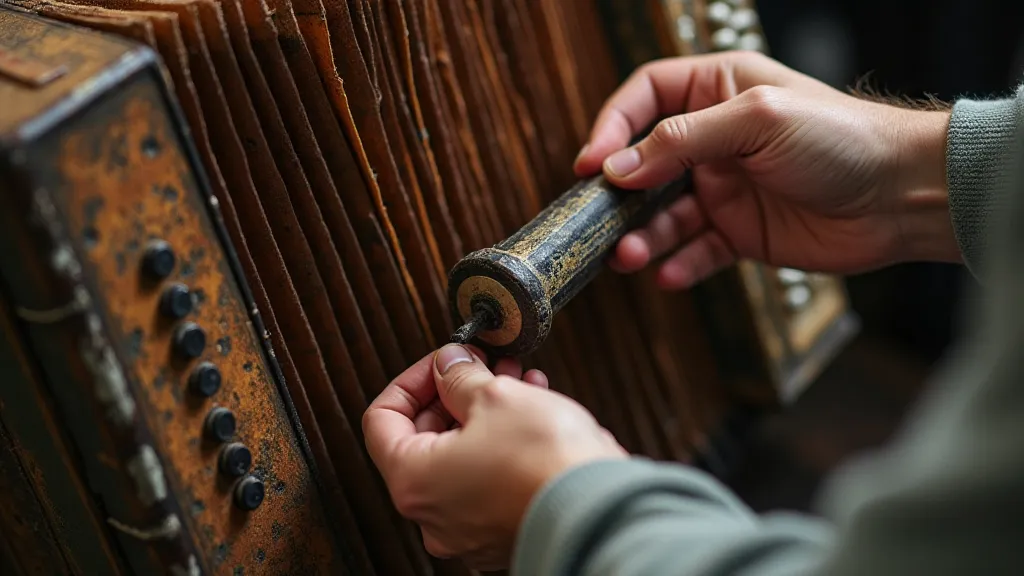
The Symphony of Symptoms: Recognizing Disease
Juniper bonsai, with their varied forms and textures, can display a surprising array of symptoms when afflicted by disease. Sometimes, the changes are obvious – yellowing needles, premature defoliation, dieback – but often, they are more subtle: a slight discoloration, a change in the texture of the bark, a diminished vigor. The key is observation. Spend time with your juniper. Notice the nuances, the subtle shifts in its appearance. Learn to distinguish between normal seasonal changes and signs of distress.
One of the most common challenges is fungal infections. These thrive in damp environments with poor air circulation. Look for powdery coatings on the needles (often indicating powdery mildew), or dark, oozing lesions on the trunk and branches (potential signs of canker). Root rot, often caused by overwatering and inadequate drainage, can be harder to detect, but will manifest as stunted growth, wilting needles, and a general decline in health. Identifying the specific fungal culprit is crucial – some respond well to copper-based fungicides, while others require more targeted treatments.
The Gardener as Editor: A Holistic Approach
Think of bonsai cultivation as editing a manuscript. The tree is the raw text – full of potential but requiring careful refinement. Diseases are typos, grammatical errors, and inconsistencies. Simply erasing them (treating the symptoms) won’t solve the underlying structural problems. You need to understand *why* those errors crept in.
Overcrowding, improper pruning, poor soil composition, and inadequate sunlight can all create conditions that predispose your juniper to disease. A juniper suffering from red spider mite, for example (a surprisingly common pest, particularly in drier conditions), is often already weakened by other stressors. The mites are merely exploiting an existing vulnerability. Treating the mites alone won't address the root cause – you need to improve the tree’s overall health and resilience.
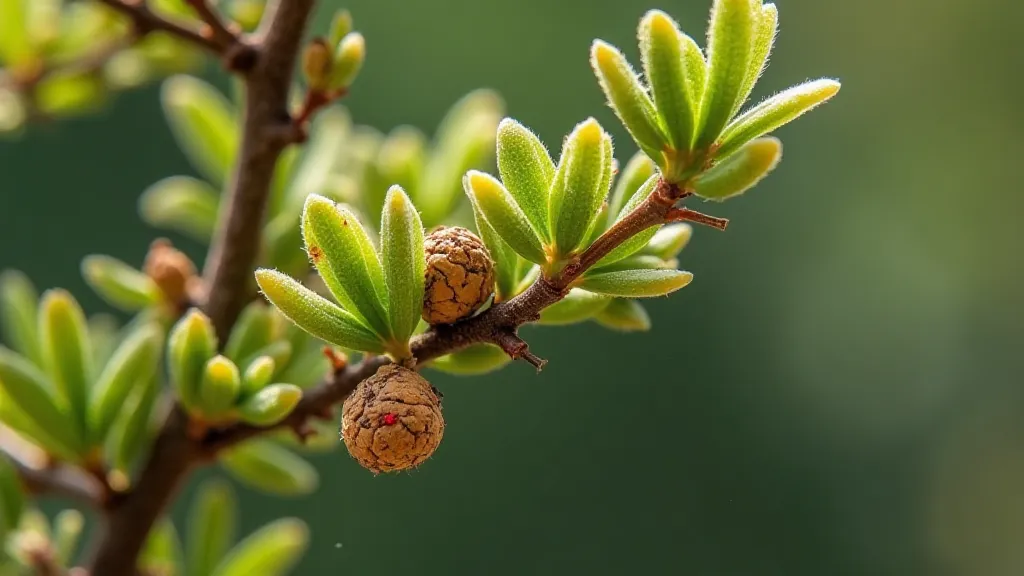
Specific Diseases and Their Management
Let's touch on a few key juniper bonsai diseases. Phytophthora (root rot) is a pervasive threat. Prevention is paramount: ensure excellent drainage in your pot, avoid overwatering, and consider using a fungicide specifically formulated to combat Phytophthora. Seiridium canker, characterized by dark, oozing lesions, often attacks trees already weakened by stress. Proper pruning to improve air circulation can help, as can treating the affected areas with a systemic fungicide.
When dealing with snow mold (a fungal disease that can occur during winter), early detection is key. Remove any affected needles promptly and improve air circulation around the tree. Rust, identifiable by orange pustules on the needles, can be controlled with copper-based fungicides and by removing fallen needles (which can harbor the fungus). Remember, consistent monitoring and preventative measures are far more effective than reactive treatments.
Winter's Chill: Protection and Vulnerability
Winter presents a unique set of challenges for juniper bonsai. While junipers are generally hardy, sudden temperature fluctuations, harsh winds, and heavy snow can stress the tree and make it more susceptible to disease. Providing adequate winter protection – whether that means a sheltered location, a protective covering, or a combination of both – is crucial. Avoid sudden shifts in temperature, which can shock the tree. A cold frame, for instance, provides a buffered environment, preventing drastic temperature swings.
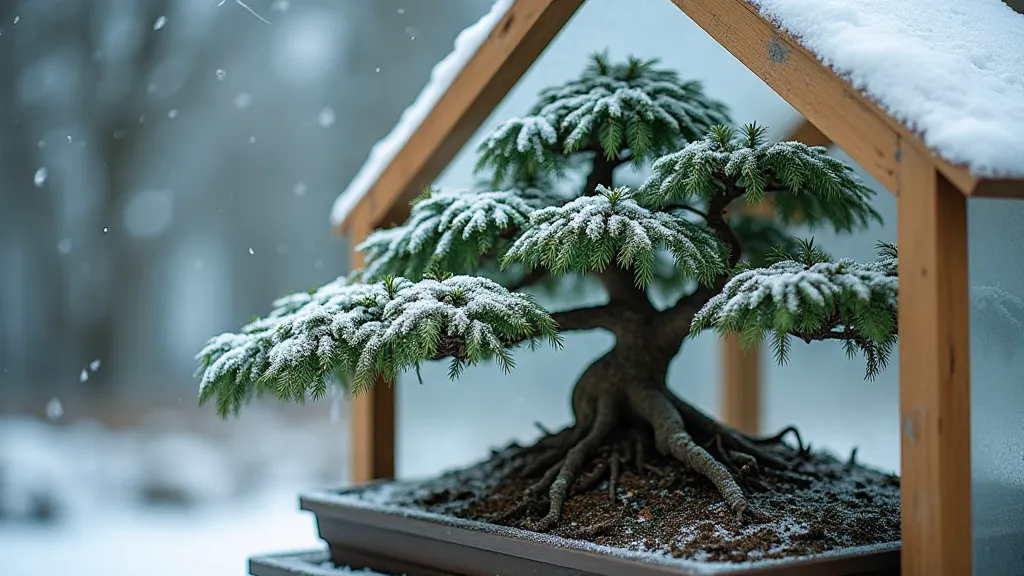
The Restorationist’s Mindset
Just as a restorer of antique accordions doesn't aim for pristine perfection, but rather seeks to preserve and enhance the instrument’s inherent beauty and historical significance, so too should we approach juniper bonsai care. The scars of disease, the imperfections of age – these are part of the tree’s story. Our role is not to erase them completely, but to guide its growth, to strengthen its resilience, and to appreciate the unique beauty that emerges from the interplay of nature and nurture.
The symphony of a healthy juniper bonsai isn’t a perfectly uniform and predictable melody. It's a complex and nuanced composition, shaped by the environment, the seasons, and the gardener’s care. Listen closely, observe diligently, and learn to appreciate the subtle beauty of a life well-tended.
